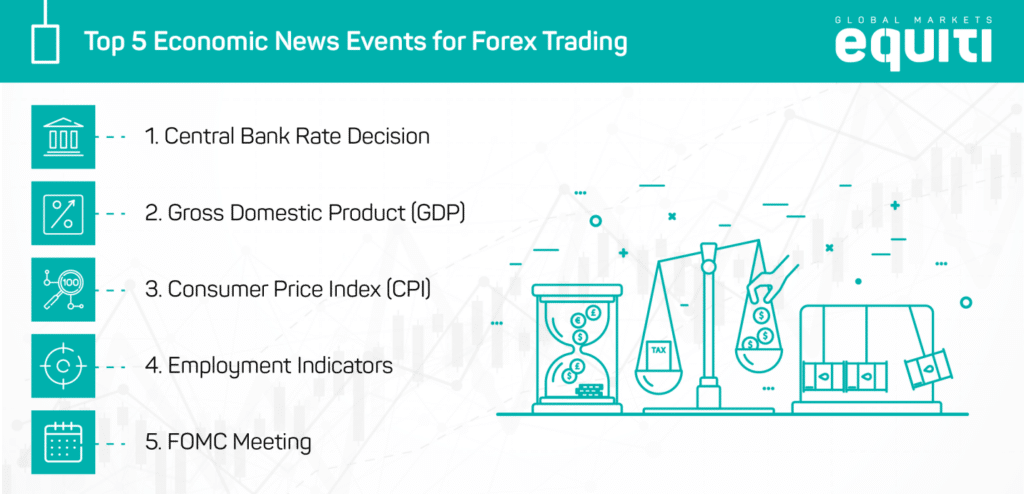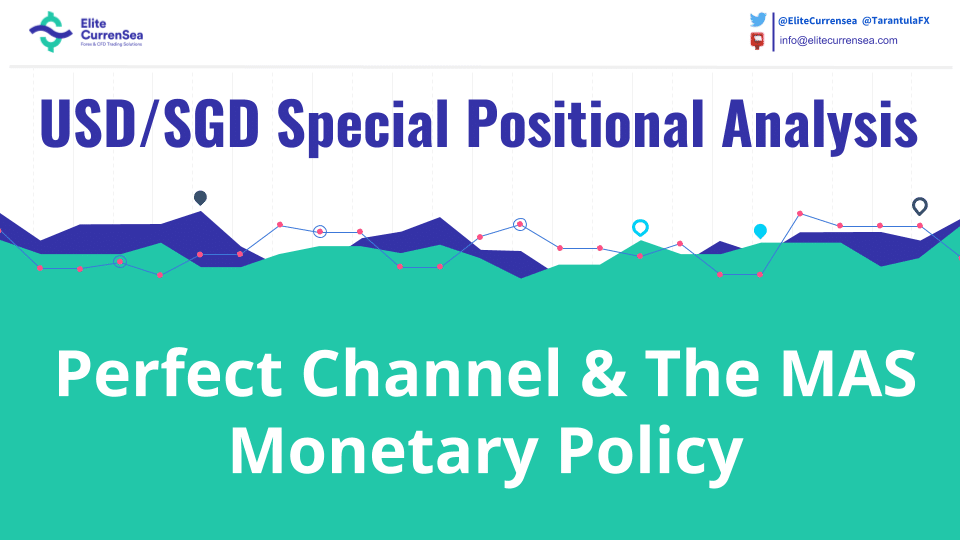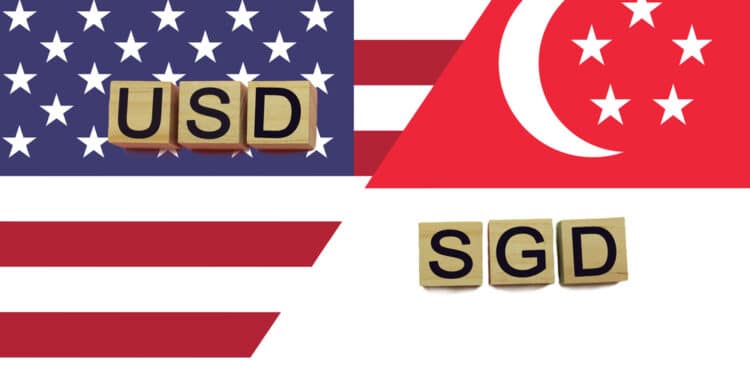The forex market is home to various currency pairs. While the focus is usually on the major and minors, exotic pairs also offer unique trading opportunities. Whereas exotics don’t come with as much liquidity needed to open and close positions at preferred prices, some are worth trading given the unique price action they offer. USDSGD is one pair worth paying attention to.
Understanding USDSGD
It is the 10th most traded currency pair made up of the US dollar and the Singapore dollar, on the other hand. It attracts some of the highest volumes representing two of the world’s most stable legal tenders.
USDSGD stands out by virtue of offering exposure to the biggest and most stable economy in the world in the form of the US. On the other hand, it also offers exposure to the fastest growing economy in the Asia Pacific and one of the most stable.
In addition, USDSGD is an attractive investment prospect, given Singapore’s high interest and growth rates. Loose controls and less developed labor markets also see the pair give rise to unique trading opportunities.
Why USDSGD
USDSGD stands out as one of the most important exotic pairings due to:
Volatility: High volatility, which results in significant price swings, makes the pairing stand out as one of the best among the exotics. It can help one squeeze substantial profits when correctly used as prices move from one level to another. One only needs small investments to take advantage of the strong price movements.
Volume: Given that the pairing pits some of the biggest economies in the world, it tends to attract substantial volumes that result in strong price movements.
Trading resources: Data needed to trade the pairing is readily available, thus enhancing the process of making informed decisions on the positions to take. Economic and monetary policy data out of the US and Singapore are readily available, given the robustness of the two economies.
Regulation: Unlike some Asian Pacific currencies, the Singapore dollar is a free-floating currency whose rates fluctuate freely at the back of less government or central bank manipulation. Fewer restrictions mean it is one of the most accessible currencies in the region.
Factors that influence USDSGD price action
While trading USDSGD, there are key factors to pay close attention to. Let’s look at them below.
Economic data
The strength of the US and Singapore’s economy determines a great deal as to whether USDSGD will move up or lower in the forex market. The strength is measured by analyzing economic data out of the two countries.

For instance, Gross Domestic Data, Consumer Price index, and data out of the labor market can paint a clear picture of how the two economies are faring against each other. The dollar, one of the biggest currencies, influences how the USDSGD fluctuates in the market a great deal. Conversely, it is common to find market participants paying close watch to economic data out of the US while trading the pair.
For instance, whenever the Non-Farm Payroll Report comes out indicating that the US economy added more jobs, the dollar tends to strengthen against the SGD, resulting in traders placing buy trades on the pairing.
Likewise, whenever Retail Sales, Manufacturing, and Consumer price data beat forecasts, it is interpreted that the US economy is doing well, resulting in US dollar strength, thus a rally of the USDSGD in the market.
While Singapore boasts of some of the lowest unemployment levels and a well-educated workforce, the data rarely influences pair price action. Most attention is usually paid to US employment data.
Monetary policy
As is the case with major currency pairs, monetary policies influence a great deal USDSGD price action. The Federal Reserve is tasked with adjusting US monetary policy, while Singapore’s monetary policy does the same in the island nation.

The two central banks’ hiking and cutting of interest rates is worth paying close attention to while trading the pair. Whenever the FED cuts the benchmark rate while the MPC leaves unchanged or increases, the dollar tends to weaken, and the SGD strengthens. The net effect is usually the USDSGD moving lower in the forex market.
Similarly, whenever the FED engages in aggressive monetary policy such as reducing the rate of accumulating new assets on the balance sheet, the dollar tends to strengthen against the SGD, sending USDSGD higher.
Value of raw materials
Singapore is an import-dependent economy. The island nation relies heavily on raw material imports to fuel its export industry. Consequently, an increase in raw materials prices forces the country to pay much more to acquire key resources.
The net effect is usually its exports becoming much more expensive and less competitive in the market. In the end, such a scenario tends to affect the GDP negatively, which often results in the weakening of the SGD against the dollar, consequently sending USDSGD higher.
Speculation and political stability
Speculation is another important aspect that influences how USDSGD trades. For instance, whenever market players feel SGD is overvalued, they often place short trades on the USDSGD pairing. Similarly, whenever they feel the USD is undervalued, bids on the greenback come into play resulting in the exchange rate edging higher.
Political stability in the two nations also greatly influences how the USDSGD fluctuates in the currency market. Major political events such as elections are worth paying close watch to while investing in the pairing.
Risk management
While trading USDSGD, it is important to maintain and deploy effective risk management strategies. The use of tight stops should always come into play as a way of averting the prospects of accruing significant losses. The 1% rule whereby one should not lose more than 1% on any trade can be deployed to protect capital while trading.
Conclusion
The US and Singapore is some of the biggest economies, which is the reason the USDSGD generates some of the best opportunities among exotic pairings. The relative stability of the two legal tenders also sees USDSGD stand out as an attractive proposition for beginners and experienced traders. While trading, it is important to pay close watch to economic data, monetary policy, and political developments. Additionally, it is important to deploy proven risk management strategies.




